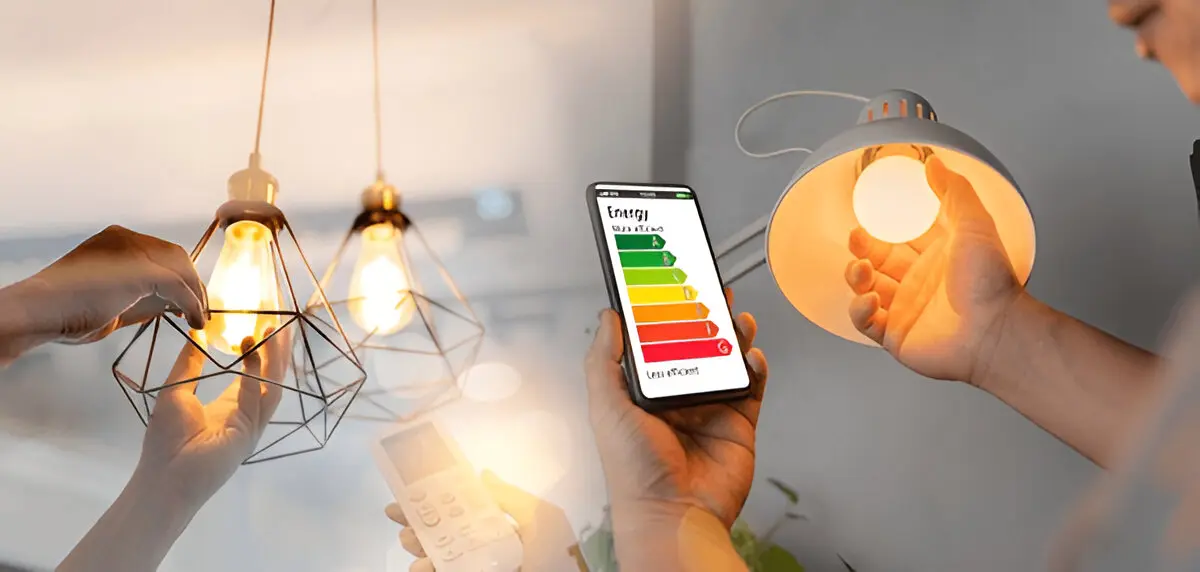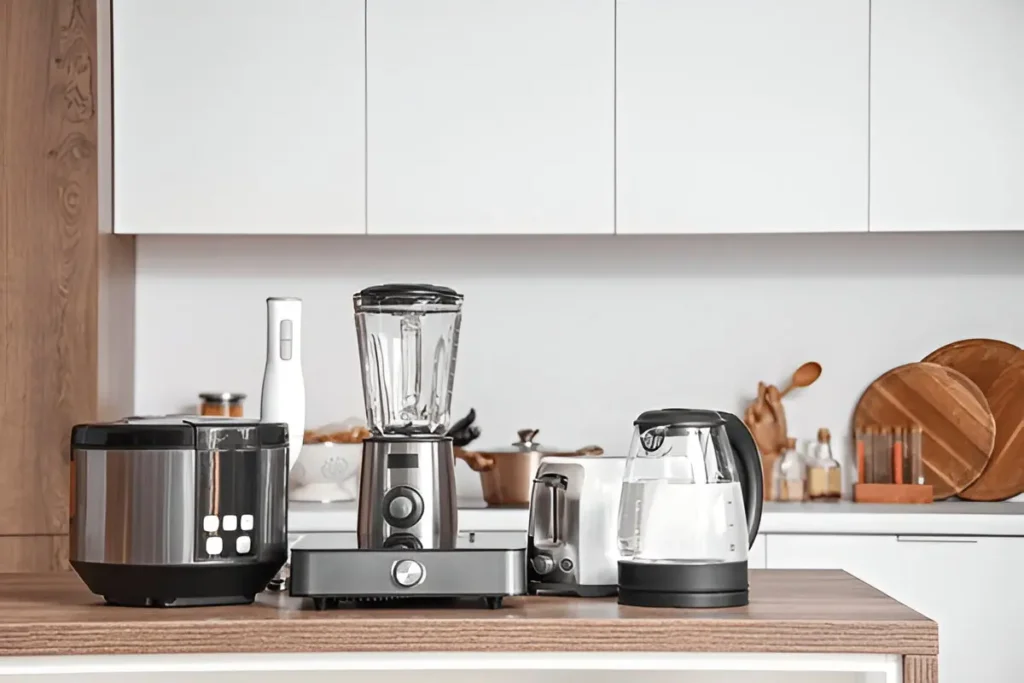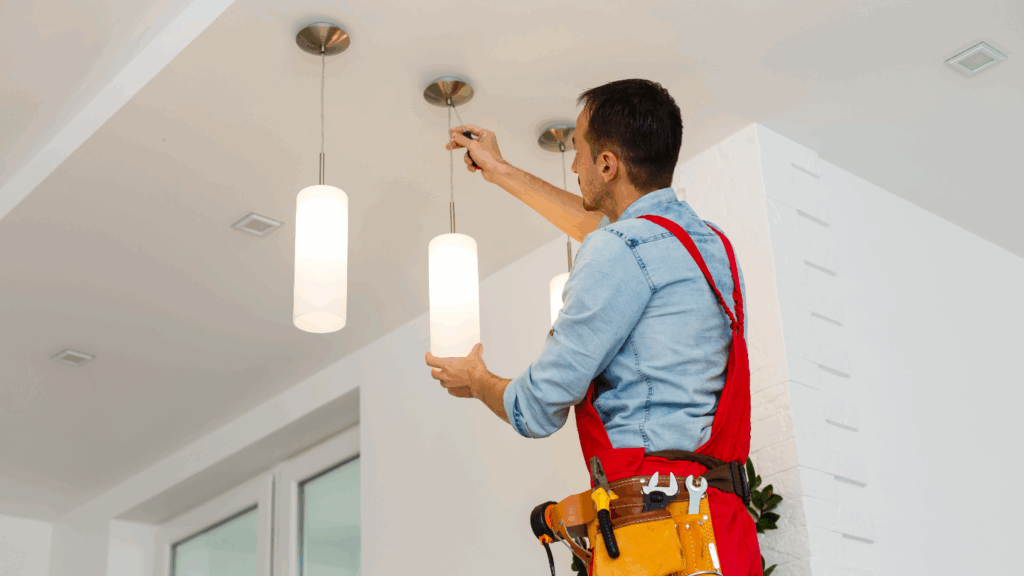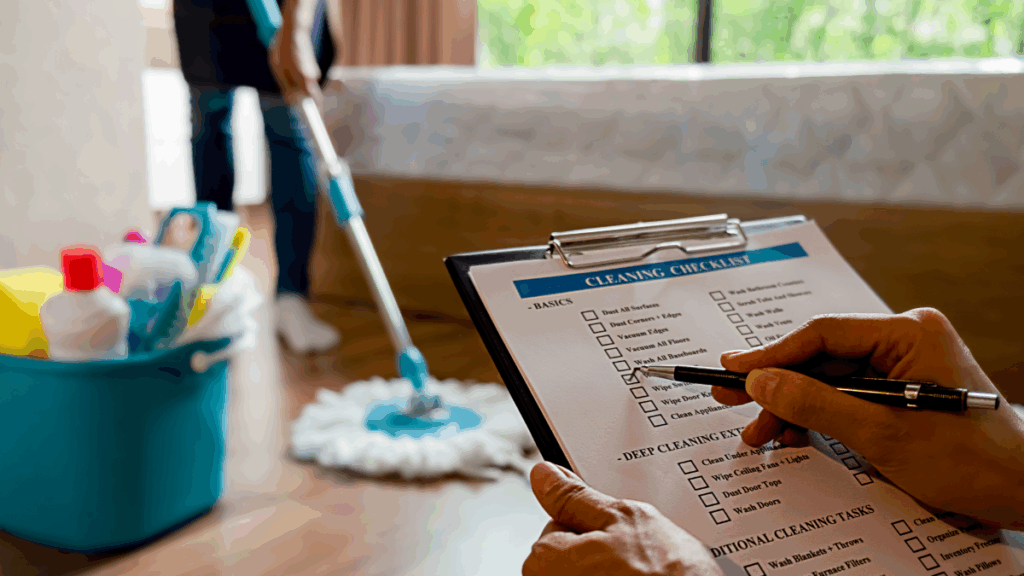When you, as a homeowner, see electricity bills rising, you are supposed to feel a pinch. It’s normal to wonder what electrical appliances use the most electricity in your home and why. Being logical, heating and cooling systems alone can account for nearly half of your home’s electricity usage. Now, this is just one part of the home! If your goal is to reduce your energy bill, understanding which appliances use the most energy is the first step.
From refrigerators that run 24/7 to water heaters that work overtime, some appliances cost far more to operate than others. But the good news is that with the right strategies, you can cut down on energy costs without sacrificing comfort.
Today, we’re going to help you-
- Identify the top energy-hungry appliances in your home.
- Learn practical tips to reduce their electricity usage.
- Save on your monthly energy bills with smarter choices.
Using data from trusted sources like the U.S. Energy Information Administration and insights into ENERGY STAR-rated appliances, this blog is here to empower you to make your home more energy-efficient.
What Drives Electricity Consumption in Appliances?
How much power an appliance uses, how often it operates, and its overall efficiency – these are some significant factors that determine the typical electricity usage in your home. Let’s understand this statement in simple words and explore some other factors.
Appliances with higher wattage consume more power. For instance, an air conditioner or a space heater can use between 1,500 and 5,000 watts. But, an LED bulb typically uses only 10 to 15 watts. The power rating of an appliance, measured in watts, directly impacts how much energy it draws when running.
We hope you know about continuous-use appliances, like refrigerators and water heaters. They consume a significant amount of energy over time because they run almost constantly. In contrast, microwaves or toasters are used intermittently and, therefore, have a much smaller effect on your electricity bill.
The energy efficiency of the devices is critical, too. Older models or appliances without an ENERGY STAR rating tend to use more electricity compared to their energy-efficient counterparts.
Another overlooked factor is standby power consumption. This is often referred to as “phantom load.” TVs, gaming consoles, and even chargers draw electricity even when they’re turned off but still plugged in. This can add up to hundreds of dollars annually for the average household.
Supposedly, heating systems work harder in winter, while cooling appliances spike energy use in summer. Together, these factors shape the overall energy demand of your household appliances.
What Electrical Appliances Use the Most Electricity: A List of 10
Many home appliances use electricity heavily. So, obviously, they will have a significant chunk of your monthly electricity bill. Let’s look at 10 of the top energy-hungry appliances, how much electricity they use, and what you can do to reduce their impact on your overall energy expenditure.
Heating systems are the single largest contributor to electricity usage in most homes, especially in colder months. Central heating systems and space heaters can consume between 800–2,000 kWh per month, depending on your climate and the efficiency of the system.
- Cost: ~$100–$200 per month during winter.
- Tip: Install a programmable thermostat that will reduce heating when you’re asleep or away. Also, proper insulation will keep the heat inside where it belongs.
-
2. Water Heaters
Water heaters rank as the second-largest energy consumer in most homes. Older tank-based models can use 3,000 kWh annually, while newer tankless models are more efficient.
- Cost: ~$400 annually.
- Tip: Lower the water heater temperature to 120°F and insulate the tank and pipes to keep the energy loss minimum.
-
3. Cooling Appliances
Air conditioners, especially central HVAC systems, consume significant electricity during summer. A typical system can use 1,200 kWh annually or even more in hotter climates.
- Cost: ~$150–$300 for the summer months.
- Tip: Seal windows and doors to prevent cool air from escaping. You can also use ceiling fans to circulate air more efficiently.
-
4. Refrigerators
Running all day at all hours, refrigerators are one of the most constant electricity consumers in your home. Older models can use up to 1,200 kWh annually, while modern ENERGY STAR-certified refrigerators can consume as little as 600 kWh a year.
- Cost: ~$100–$200 annually.
- Tip: Keep your fridge at the recommended 35–38°F and avoid overloading it for better airflow.
-
5. Clothes Dryers
Clothes dryers are among the most power-hungry appliances in your home. Their energy consumption is typically 500 kWh annually for an average household.
- Cost: ~$75 annually.
- Tip: Clean the lint filter after every load to maintain efficiency. When possible, air-dry clothes or use energy-efficient dryer settings.
-
6. Dishwashers
Dishwashers are a great machine for cleaning dishes, but they still add to your electricity bill. They consume about 300 kWh annually, depending on the frequency of use.
- Cost: ~$50 annually.
- Tip: To save on your electricity, only run your dishwasher when it’s full. Let your dishes air-dry instead of using the heat-dry function.
-
7. Lighting
It’s true that lighting’s contribution has decreased with the rise of energy efficient LED technology. However, traditional incandescent bulbs still use considerable energy. Lighting accounts for 200–300 kWh annually in most homes.
- Cost: ~$25–$50 annually.
- Tip: Replace all old-modeled bulbs with energy-efficient LEDs. Additionally, you can use motion sensors to avoid leaving lights on unnecessarily.
-
8. Televisions and Media Devices
Televisions, gaming consoles, and other media equipment may consume less energy during use. The concern is that they can still contribute significantly through phantom loads. Together, their energy usage is about 100–200 kWh annually.
- Cost: ~$15–$25 annually.
- Tip: Use smart power strips or unplug devices when not in use to avoid wasting energy.
-
9. Cooking Appliances (Ovens, Microwaves, Toasters)
Electric ovens and stoves are common contributors to energy bills. An oven typically uses 200–300 kWh annually. In the meantime, smaller appliances like microwaves use far less.
- Cost: ~$20–$50 annually.
- Tip: For smaller meals, opt for microwaves or toaster ovens, as they use significantly less energy than traditional ovens.
-
10. Computers and Office Equipment
Computers, printers, and other office devices consume electricity consistently, even when in standby mode. For example, desktop computers typically use 100–200 kWh annually.
- Cost: ~$15–$25 annually.
- Tip: A good practice is to enable power-saving modes and unplug devices when not in use. Laptops generally consume less power than desktops, so consider switching.
A list of the Top 10 Electrical Appliances That Cost the Most to Run
Below is a ranked list of common household appliances and their approximate yearly operating costs. This data is based on insights from reputable sources, including the U.S. Department of Energy and trusted energy efficiency studies. Factors like wattage, hours of usage, appliance size, and energy rates have been carefully considered to give you a clear picture of their impact on your electricity bill.
|
Rank |
Appliance | Approximate Annual Cost ($) | Percentage of Total Cost |
Key Factors Affecting Cost |
| 1. | Heating Systems (HVAC, Space Heaters) | 1000 | 40-50% | High wattage, frequent use in winter, large size |
| 2. | Water Heaters | 400 | 15-20% | Continuous operation, high temperature settings |
| 3. | Cooling Appliances (Air Conditioners, Fans) | 300 | 10-15% | Seasonal demand, poor insulation |
| 4. | Refrigerators | 200 | 8-10% | 24/7 operation, older models use more energy |
| 5. | Clothes Dryers | 75 | 4-5% | High power usage per cycle, frequency of use |
| 6. | Dishwashers | 50 | 3-4% | Frequency of use, heated drying settings |
| 7. | Lighting (Incandescent, LED) | 50 | 3-4% | Type of bulbs (incandescent vs LED), duration of use |
| 8. | Cooking Appliances (Ovens, Microwaves, Toasters) | 50 | 3-4% | Duration and wattage of use |
| 9. | Television and Media Devices | 25 | 2% | Standby power consumption, daily hours of use |
| 10. | Computers and Office Equipment | 25 | 2% | Standby mode, power usage during work hours |
Energy Management Tips
To reduce electricity costs, all you need to do is make small, logical changes to how you use your appliances and manage your energy. Here are some practical tips to help you save energy and money:
- Use smart plugs or power strips: These devices can help cut off power to appliances in standby mode, immobilizing the energy vampires.
- Schedule appliance usage during off-peak hours: Many energy providers offer lower electricity rates during certain times of the day. Running your dishwasher or washing machine during these periods can reduce costs.
- Optimize your HVAC filters: Clean or replace air filters in your heating and cooling systems regularly to improve airflow and efficiency.
- Install window treatments or films: If you can, add reflective films or heavy curtains to your windows. They can keep your home cooler in the summer and warmer in the winter.
- Consider a home energy audit: Professional energy audits identify inefficiencies, such as leaks or outdated appliances. Experts will provide actionable recommendations, too, that suit your home system.
- Upgrade to energy-efficient appliances gradually: Start with high-impact upgrades, like refrigerators or HVAC systems. It will maximize savings. Note that ENERGY STAR-rated models are a great investment.
- Air-seal your home: Use weather stripping or caulking to seal gaps around doors, windows, and other openings to prevent energy loss.
- Cook smarter: Make use of lids on pots and pans to trap heat while cooking. Also, use smaller appliances like toaster ovens or air fryers for quick meals instead of your full-sized oven.
- Reduce water heater demand: Take shorter showers, fix dripping faucets, and wash clothes in cold water whenever possible.
- Utilize natural ventilation: On cooler days, open windows to let in fresh air instead of running fans or air conditioners.
- Install solar-powered outdoor lights: This eliminates electricity usage for outdoor lighting entirely while still keeping your home well-lit.
- Monitor your energy use: Use an energy monitoring device or app to track which appliances are consuming the most electricity and adjust their usage accordingly.
- Take advantage of rebates and incentives: Many utility companies offer rebates for upgrading to energy-efficient appliances or installing renewable energy systems like solar panels.
Keep in mind that small, consistent changes can lead to big savings while making your household more sustainable.
Conclusion
Managing your electricity usage starts with understanding which appliances consume the most energy and making smarter choices to reduce their impact. From simple adjustments like sealing your home’s windows to investing in energy-efficient appliances, there are countless ways to cut down on your electricity bills without compromising comfort.
And if you need professional help to keep your home’s electrical system running efficiently, download the House Fly app! Connect with trusted electricians for everything from small repairs to major installations. Compare reviews, pricing, and availability in real time, all at your fingertips. Visit our website to learn more!


















